Strategies For Better Workplace Diversity And Inclusion
10 Nov, 20225 minutesWorkplace inclusion helps employees of all ethnicities, backgrounds, religions, and sexual o...

Workplace inclusion helps employees of all ethnicities, backgrounds, religions, and sexual orientations thrive and feel safe in the modern workplace, but not only that. The best talent is attracted to and retained by diverse teams because they deliver greater results.
Developing diversity and inclusion initiatives at work is essential if a company wants to succeed in today's business climate. In order to thrive in the corporate world, you must have both because lacking one can create uproar. Diversity and inclusion may help a business in many ways, including attracting and keeping more top talent, fostering creativity, and increasing employee engagement.
Fostering diversity and inclusion strategies can sometimes be easier said than done in certain businesses, especially those that already are suffering from a lack of talent and a diverse workforce. Although having a diverse workforce can enable your business to become more creative and perform better, they can struggle to implement effective strategies that will help them do so.
Below, we look at 10 strategies on how to improve DEI in your workplace:
1. Using inclusive language
If you want to recruit more women into your organisation, you must use inclusive language in your job descriptions. Avoiding gendered language, such as using specific pronouns or masculine terms like dominant and challenging, can deter women and LGBT individuals from applying for your job openings. Not just in job descriptions, but also in other written communications, inclusive language should be used. In emails and letters, for instance, you should make sure to use inclusive language because people in the workplace will want to be addressed in the way they see fit.
2. Challenging unconscious biases
Being mindful of unconscious biases is a great idea since it will help you realise that even after implementing specific techniques inside your organisation, you will continue to view the world in a particular way. By challenging them and implementing successful tactics inside your organisation, you may help to eliminate any unconscious bias that the company may be experiencing. Unconscious bias in the hiring process is reduced by hiring managers receiving training, gender-neutral job descriptions, anonymized CVs, and a systematic interviewing procedure.
3. Educating leadership
Educating leadership and management and requiring them to attend diversity and inclusion programmes are both advantageous for a number of reasons. An organization's leadership must give a DEI plan room to grow and be held accountable for its success. The tech business is undoubtedly dominated by white men, and this is considered as one of the least diverse parts of a corporation. Second, leaders have a significant influence on the creation of corporate values and the selection of organisational strategy. Therefore, it is likely that company-wide implementation will be possible if diversity and inclusion goals are established via a top-down strategy.
4. Mentoring
One of the best diversity and inclusion methods to use is to talk about chances for mentorship that can assist your organisation attract and retain varied talent. Most women and members of underrepresented groups don't feel like they have the chance to advance, and as a result, they quit their jobs in the middle of their careers because they don't feel appreciated or challenged. Therefore, implementing a mentoring programme for people who wish to advance can aid employees in achieving personal growth and delivering success to the company. Having a mentor can aid someone in overcoming obstacles and advancing toward leadership or senior positions.
5. Cultural events
Retaining varied talent can be facilitated by designating a day to honour each of the ethnic groups that make up your organization's current diversity culture. Additionally, it guarantees that you are fostering inclusivity within your organisation because everyone will cherish and respect one another's nationality. Events like International Women's Day, Gay Pride, and the International Day of Persons with Disabilities should all be observed. By doing this, you may attract more talent by demonstrating to potential employees that your company values and promotes diversity and inclusion.
6. Diversity training
Giving your staff diversity training will increase their understanding of what makes a diverse and inclusive workplace. It is the ideal technique to show how each person can contribute to the success and growth of the company. Additionally, it teaches your staff that everyone is equal and that they should respect one another regardless of their age, gender, or race. This will not only assist your company in fostering more inclusive and varied tactics, but it may also inspire others to come up with fresh ideas for boosting workplace diversity.
7. Core company values
As long as your company values represent an inclusive workplace, communicating your fundamental principles can aid in attracting diverse talent to the tech industry. Before determining whether to apply for a job or not, candidates will always want to access and view your company's values. Today's workforce is seeking a great place to work with prospects for advancement and a healthy work-life balance. Therefore, displaying your inclusivity and diversity or showing how you are using diversity and inclusion techniques to advance will help you succeed when applying.
8. Create an environment that is suited to everyone
The leadership team and communication are primarily responsible for fostering a climate that is suitable for everyone. Leadership must be devoted to making sure that everyone in your organisation, at all levels, can operate in an inclusive environment. The working environment will be accommodating for everyone if new diversity and inclusion rules are communicated both internally and internationally and training is offered. Since workplace diversity is inevitable, it's crucial to be inclusive when establishing a welcoming workplace culture.
9. Listen to employees
One of the most important things a leader in an organisation needs to do is listen to the people. Although leadership roles will need to debate implementing diversity and inclusion policies, it is the employees who will gain or lose from such choices. A fantastic method to collect the opinions of employees on what they would want to see in their company is to create anonymous surveys for them to complete.
10. Involve employees in the hiring process
One strategy to improve diversity and inclusion within your organisation is to involve some employees in the recruiting process. Employees can provide you a more comprehensive perspective on what new hires might contribute, and they might identify skill sets that you would not. Employees will feel more appreciated and that their opinions matter when making critical decisions for the company if they are included in the hiring process.
In Conclusion
Fostering workplace diversity and inclusion doesn’t just happen. You need to have a specific plan and devote the right resources to implementing changes that impact hiring and day-to-day team interactions. Employers can start by surveying existing employees to get a sense of their feelings and what can be done to improve DEI. Putting more effort into cultural programs will not only make the workplace a better environment; it will also improve productivity and add to the bottom line of the company in a positive way.
If you want to check our Inclusivity Infrastructure at Franklin Fitch then please click here to find out more about what we are doing.









